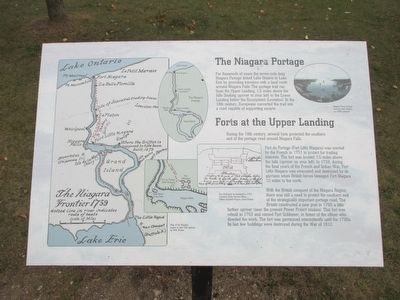Welcome to the War of 1812 Bomb & Rack site, a testament to a pivotal moment in American history. Located in Maryland, this site is steeped in the history of the War of 1812, a conflict often referred to as the ‘Second War of Independence.’ The war was fought between the United States and Great Britain, primarily over issues related to trade restrictions and the impressment of American sailors into the British Navy.
The War of 1812 officially began on June 18, 1812, when the United States declared war on Great Britain. One of the most famous events associated with this war occurred at Fort McHenry in Baltimore, Maryland. It was here that the British navy, having already invaded Washington D.C. and burned the Capitol and the White House, turned its attention to Baltimore. On September 13-14, 1814, British ships launched a fierce bombardment against Fort McHenry, but the fort held strong. This resilience inspired Francis Scott Key, who was detained on a British ship during the battle, to pen the poem ‘Defence of Fort M’Henry.’ This poem would later be set to music and become the United States’ national anthem, ‘The Star-Spangled Banner.’
Throughout the War of 1812, Maryland played a crucial role. The state’s strategic location along the Chesapeake Bay made it a focal point for British attacks. The site now known as the War of 1812 Bomb & Rack likely witnessed significant naval engagements during this period, as British forces attempted to assert dominance over American waters.
As you explore this area, imagine the booming sounds of cannons and the tense atmosphere as American forces defended their young nation against one of the world’s most formidable navies. The courage and determination displayed here are emblematic of the American spirit during a time of great uncertainty and challenge.
This site, along with others in Maryland, contributes to the broader tapestry of American history, highlighting the perseverance and resilience that have come to define the United States. Today, it stands not only as a reminder of past conflicts but also as a symbol of national identity and pride.


